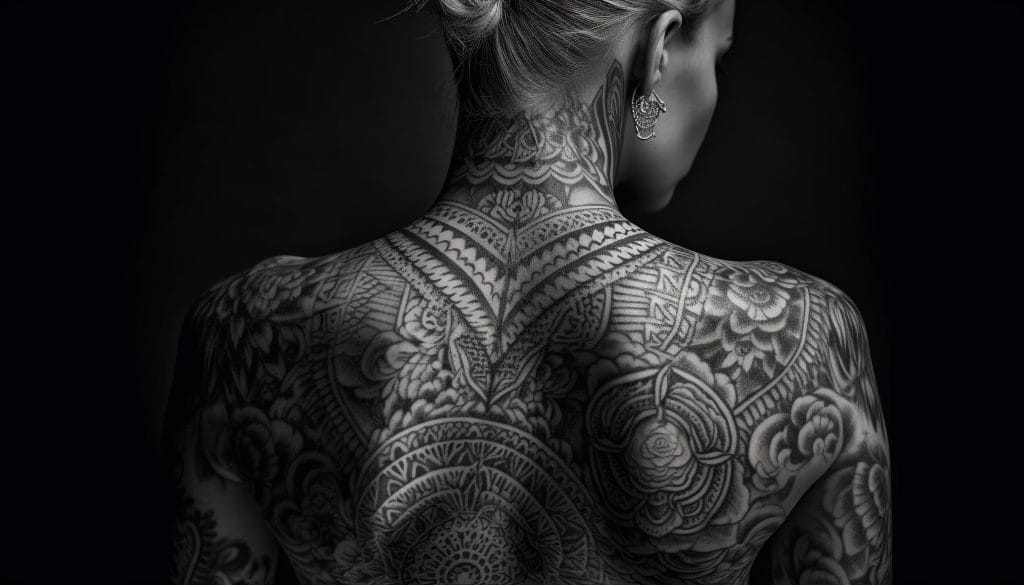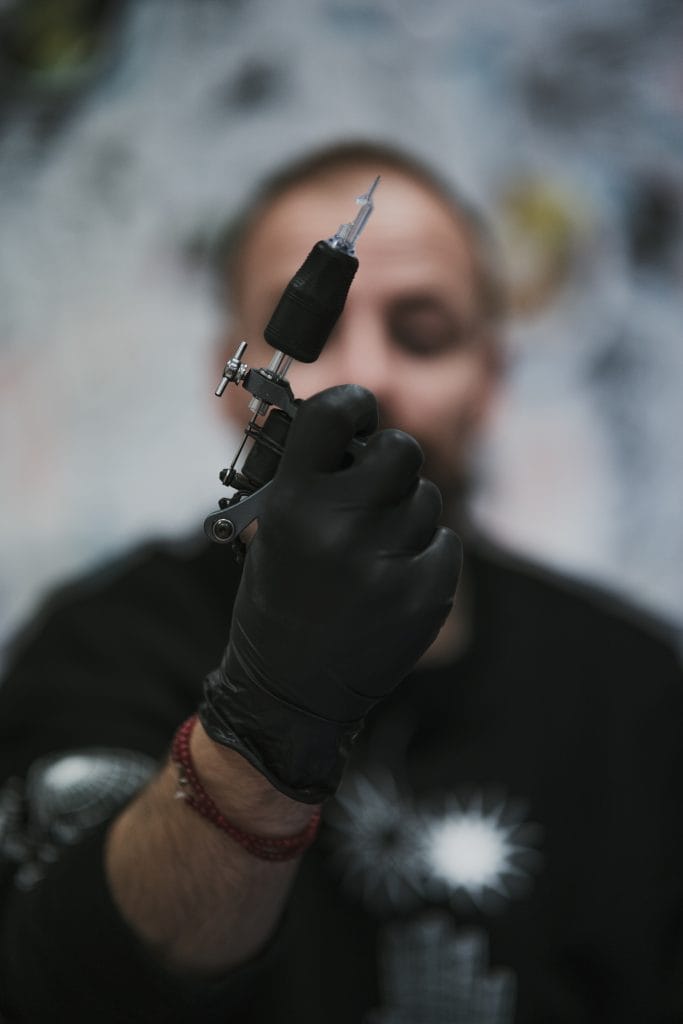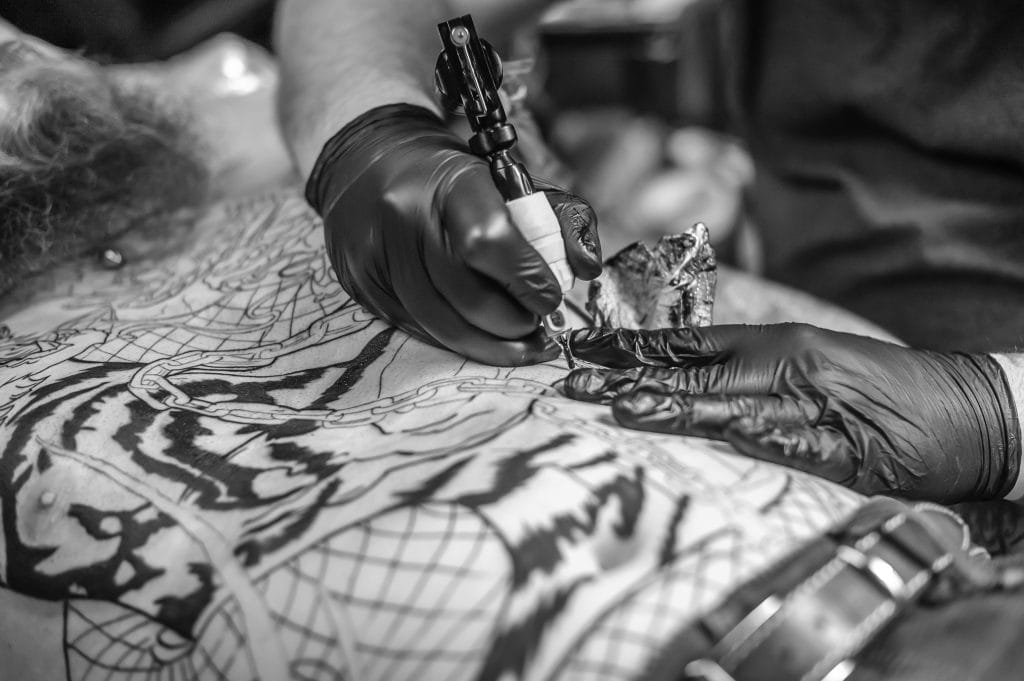Black and grey shading is a fundamental technique in tattoo artistry that allows for the creation of depth, dimension, and realism in designs. This style relies on the use of black ink diluted with varying amounts of water or a medium to achieve different shades of grey. The beauty of black and grey tattoos lies in their versatility; they can range from soft, subtle gradients to bold, striking contrasts.
Understanding the basics of this technique is essential for any tattoo artist looking to master the craft. At its core, black and grey shading involves a careful balance of ink application and skin interaction. Artists must consider how the ink will settle into the skin, as this can significantly affect the final appearance of the tattoo.
The choice of needle configuration, the speed of the machine, and the pressure applied during the tattooing process all play crucial roles in achieving the desired outcome. By mastering these elements, artists can create stunning pieces that stand the test of time, showcasing intricate details and smooth transitions.
Key Takeaways
- Black & grey shading involves using varying concentrations of black ink to create depth and dimension in a tattoo design.
- Contrast plays a crucial role in achieving smooth gradients, as it helps to create the illusion of depth and form in the tattoo.
- Different needle configurations, such as round shaders or magnum needles, can be used to achieve different shading effects and textures.
- Controlling ink saturation is key to seamless blending, as it allows for a smooth transition between light and dark areas in the tattoo.
- Needle depth is important in black & grey shading, as it determines how deep the ink is deposited into the skin and affects the overall appearance of the tattoo.
The Role of Contrast in Achieving Smooth Gradients
Contrast is a vital component in black and grey shading, as it helps to define shapes and create visual interest within a tattoo. By strategically placing darker shades next to lighter ones, artists can enhance the perception of depth and dimension. This interplay between light and dark not only adds realism but also guides the viewer’s eye across the design.
A well-executed contrast can transform a flat image into a dynamic work of art that captivates and engages. Achieving smooth gradients relies heavily on the artist’s ability to manipulate contrast effectively. This involves not only selecting the right shades but also understanding how to blend them seamlessly.
Artists often employ techniques such as stippling or circular motions to create soft transitions between shades. The goal is to avoid harsh lines that can disrupt the flow of the design. By focusing on contrast and blending techniques, artists can elevate their black and grey tattoos, making them more visually appealing and impactful.



Utilizing Different Needle Configurations for Shading
The choice of needle configuration is crucial in black and grey shading, as it directly influences the texture and finish of the tattoo. Different needle groupings serve various purposes; for instance, a single needle may be used for fine details, while a larger grouping can cover more area quickly. Understanding how each configuration affects ink distribution allows artists to tailor their approach based on the specific needs of a design.
For shading, many artists prefer using magnum needles, which consist of multiple needles arranged in a flat configuration. This setup allows for smoother ink flow and broader coverage, making it ideal for creating gradients. Additionally, artists may switch between different needle sizes within a single session to achieve varying levels of detail and shading intensity.
By mastering the use of different needle configurations, tattoo artists can enhance their black and grey work, ensuring that each piece is executed with precision and artistry.
How to Control Ink Saturation for Seamless Blending
Controlling ink saturation is essential for achieving seamless blending in black and grey shading. Saturation refers to the concentration of ink applied to the skin, which directly impacts how light or dark a shade appears. Artists must be mindful of how much ink they are using at any given time, as too much saturation can lead to harsh lines or uneven patches, while too little may result in a lack of depth.
To manage ink saturation effectively, artists often employ techniques such as layering and building up shades gradually. By applying multiple light passes rather than one heavy application, they can create a more natural transition between tones. This method allows for greater control over the final appearance of the tattoo, enabling artists to achieve the desired level of depth without compromising the integrity of the design.
Mastering ink saturation is a key skill for any tattoo artist working in black and grey shading.
The Importance of Needle Depth in Black & Grey Shading
Needle depth is another critical factor in black and grey shading that can significantly influence the outcome of a tattoo. The depth at which the needle penetrates the skin affects how well the ink settles and how it interacts with the skin’s natural healing process. If the needle is too shallow, the ink may not hold well, leading to fading or blurring over time.
Conversely, if it penetrates too deeply, it can cause excessive trauma to the skin, resulting in scarring or uneven healing. Finding the right needle depth requires practice and an understanding of individual skin types. Different areas of the body may also require adjustments in depth due to variations in skin thickness and elasticity.
Experienced artists develop a keen sense of how deep to go based on their observations during the tattooing process. By mastering needle depth, artists can ensure that their black and grey tattoos heal beautifully and maintain their intended appearance for years to come.
Mastering Techniques for Smooth Transitions in Shading
Feathering: Soft Edges and Realistic Shadows
Feathering involves lightly dragging the needle across the skin’s surface to create soft edges that gradually fade into lighter areas. This technique is particularly effective for creating realistic shadows or soft highlights within a design.
Stippling: Control and Saturation
Stippling, on the other hand, involves using small dots to build up shades gradually, allowing for greater control over saturation and blending.
Mastering Techniques for Enhanced Aesthetic Appeal
By mastering these techniques, artists can create tattoos that exhibit smooth transitions between shades, enhancing their overall aesthetic appeal.
Exploring the Impact of Skin Tone on Black & Grey Shading
Skin tone plays a significant role in how black and grey shading appears once healed. Different skin tones absorb ink differently, which can affect the visibility and vibrancy of shades used in a tattoo. For instance, lighter skin may allow for more pronounced contrasts between black and grey shades, while darker skin may require adjustments in technique to ensure that details remain visible.
Artists must consider individual skin tones when planning their designs and selecting shades. This may involve testing ink on small areas or adjusting dilution levels to achieve optimal results. Understanding how various skin tones interact with black and grey shading enables artists to create tattoos that are not only visually striking but also tailored to each client’s unique characteristics.
Tips for Maintaining Consistency in Black & Grey Shading across Different Skin Types
Maintaining consistency in black and grey shading across different skin types is essential for achieving high-quality results in tattoo artistry. Each client’s skin presents unique challenges that require adaptability and skill from the artist. To ensure uniformity in shading, artists should develop a thorough understanding of how various skin types respond to ink application.
One effective strategy is to adjust needle depth and saturation based on individual skin characteristics. For example, thicker skin may require deeper penetration for optimal ink retention, while thinner skin may necessitate a lighter touch to avoid trauma. Additionally, artists should pay attention to factors such as hydration levels and skin texture when planning their approach.
By being mindful of these variables, tattoo artists can maintain consistency in their black and grey shading work across diverse clients. In conclusion, mastering black and grey shading requires a deep understanding of various techniques, tools, and individual client characteristics. From controlling ink saturation to adjusting needle depth based on skin type, each element plays a crucial role in achieving stunning results.
By honing these skills at Funhouse Tattoo in San Diego, artists can create breathtaking pieces that resonate with clients long after they leave the studio.




